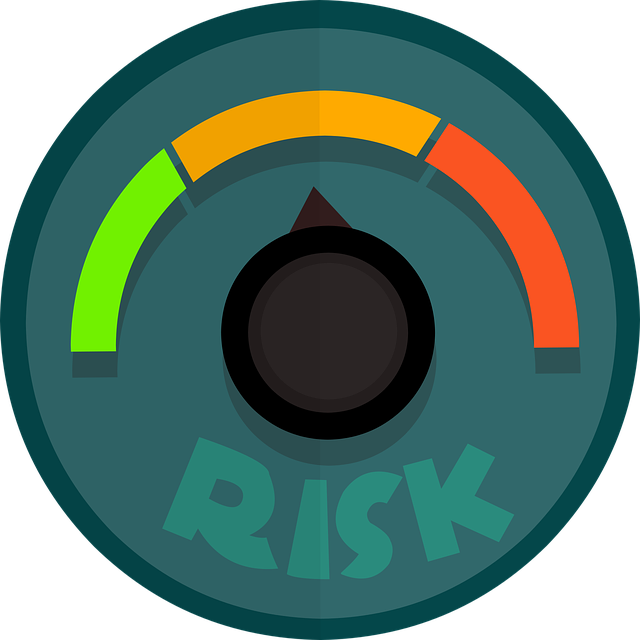Certified Public Accountants (CPAs) play a critical role in ensuring regulatory compliance within the digital realm of accounting, particularly through CPA IT risk assessments. These assessments are essential tools for identifying and mitigating risks associated with financial IT systems. By evaluating system design, implementation, and operation, CPAs can implement robust access controls, strengthen data security, and maintain accurate financial reporting. Regular CPA IT risk assessments are vital to address evolving regulatory requirements, uncover vulnerabilities, and maintain the integrity of financial data, thereby fostering public trust.
“In the ever-evolving landscape of finance, CPAs face heightened scrutiny regarding their IT systems’ regulatory compliance. This article delves into the intricate process of ensuring these systems meet stringent requirements. We explore the critical role of CPA IT risk assessments in identifying vulnerabilities and guiding strategic decision-making.
Through a structured approach, we uncover key areas for focus during system evaluations, offering insights on implementing robust controls to mitigate risks. Discover best practices for continuous monitoring and long-term regulatory adherence, empowering CPAs to navigate this complex environment with confidence.”
- Understanding Regulatory Compliance for CPAs and its IT Implications
- The Role of CPA IT Risk Assessments in Compliance
- Key Areas to Focus On During IT System Evaluations
- Implementing Controls to Mitigate Risks in Financial IT Systems
- Continuous Monitoring and Updating Compliance Measures
- Best Practices for Ensuring Long-Term Regulatory Adherence
Understanding Regulatory Compliance for CPAs and its IT Implications

For Certified Public Accountants (CPAs), navigating the complex landscape of regulatory compliance is a critical aspect of their professional responsibilities. Regulatory compliance for CPAs goes beyond adhering to generally accepted accounting principles; it involves understanding and implementing robust IT controls and data management practices to ensure accuracy, security, and integrity in financial reporting. With the increasing reliance on technology in the accounting industry, effective CPA IT risk assessments have become indispensable tools for managing potential risks associated with digital systems.
The implications of regulatory compliance in IT extend to various areas, including access controls accounting, where strict measures are required to safeguard sensitive financial data within regulatory data systems. CPAs must employ advanced accounting compliance IT tools to monitor and control user access, ensuring that only authorised personnel can manipulate critical information. This two-fold approach—combining robust technical infrastructure with rigorous policy enforcement—is essential in meeting regulatory standards and maintaining the integrity of financial records.
The Role of CPA IT Risk Assessments in Compliance

CPA IT risk assessments play a pivotal role in ensuring financial IT systems meet regulatory compliance requirements. These assessments meticulously evaluate an organization’s information technology infrastructure, focusing on potential risks and vulnerabilities that could compromise data integrity, confidentiality, and availability. By conducting thorough analyses of system design, implementation, and operation, CPAs can identify areas where regulatory standards, such as data retention CPA and industry-specific guidelines, may not be adequately addressed.
Moreover, these assessments facilitate the development of robust controls and safeguards to protect sensitive financial information in regulatory data systems. They also help in establishing secure file security protocols, ensuring that digital records are safeguarded against unauthorized access or breaches. Through proactive risk management, CPA IT risk assessments contribute significantly to maintaining compliance, fostering public trust, and upholding the integrity of financial reporting processes.
Key Areas to Focus On During IT System Evaluations

When conducting CPA IT risk assessments, several critical areas require meticulous attention to ensure regulatory compliance. Firstly, audit trails and their comprehensive coverage are vital. These trails should accurately document user activities, changes, and access to financial data, facilitating robust accountability and evidence of compliance. Secondly, robust access controls for accounting systems are non-negotiable. This involves implementing role-based permissions, encryption, and secure authentication mechanisms to safeguard sensitive financial information from unauthorized access or manipulation.
Additionally, IT audits for accountants should delve into system configurations, data integrity checks, and continuous monitoring for vulnerabilities. Ensuring these aspects are addressed comprehensively helps CPAs maintain the integrity of their financial systems, fostering trust in their reporting and enhancing their ability to meet regulatory demands.
Implementing Controls to Mitigate Risks in Financial IT Systems

Implementing robust controls is a cornerstone of ensuring financial IT systems align with regulatory compliance standards for CPAs. Risk assessments play a pivotal role in identifying potential vulnerabilities within complex IT infrastructures. By conducting thorough CPA IT risk assessments, professionals can uncover weaknesses that may expose financial data to unauthorised access or manipulation. This proactive approach allows for the implementation of targeted controls tailored to mitigate specific risks, thereby enhancing overall system security.
Effective control measures encompass various strategies such as strengthening file security through encryption and access permissions, establishing robust compliance monitoring mechanisms, and conducting regular IT audits for accountants. These steps are pivotal in maintaining data integrity and ensuring that financial systems adhere to the stringent regulatory framework.
Continuous Monitoring and Updating Compliance Measures

Maintaining regulatory compliance in financial IT systems is an ongoing process that requires continuous monitoring and updating. CPAs must conduct regular risk assessments to identify potential vulnerabilities and ensure their IT for financial reporting aligns with current regulations. By implementing robust file security measures, such as encryption and access controls, CPAs can protect sensitive financial data from unauthorized access or breaches.
It’s not just about reacting to changes; it’s also about staying proactive. Utilizing IT legal support services can help CPAs stay abreast of evolving regulatory landscapes, enabling them to update compliance measures promptly. This proactive approach ensures that financial IT systems remain secure and compliant, safeguarding the integrity of financial reporting and instilling confidence in stakeholders.
Best Practices for Ensuring Long-Term Regulatory Adherence

To ensure long-term regulatory adherence for financial IT systems, CPAs should adopt a proactive approach that combines several best practices. Regular and thorough CPA IT risk assessments are paramount to identifying potential vulnerabilities and gaps in compliance. These assessments should be comprehensive, covering not just technical aspects but also procedural and operational elements within the IT infrastructure. By integrating compliance monitoring into daily operations, CPAs can identify and rectify issues promptly, ensuring ongoing adherence to regulatory standards.
Furthermore, establishing robust access controls tailored to accounting systems is crucial for mitigating risks associated with unauthorized access or data manipulation. IT legal support for CPAs should be readily available to navigate the complex web of regulations and ensure that all technical solutions align with legal requirements. This proactive stance not only safeguards against penalties but also fosters a culture of integrity within the financial reporting process, enhancing the overall reliability of accounting systems.
